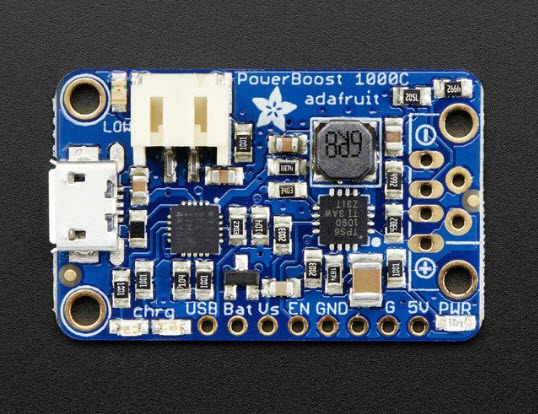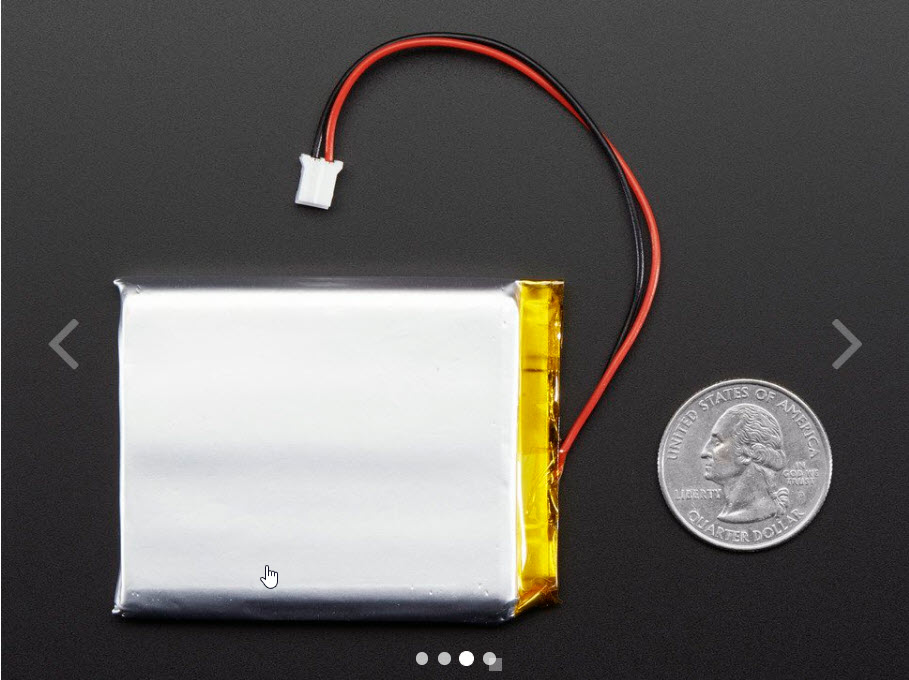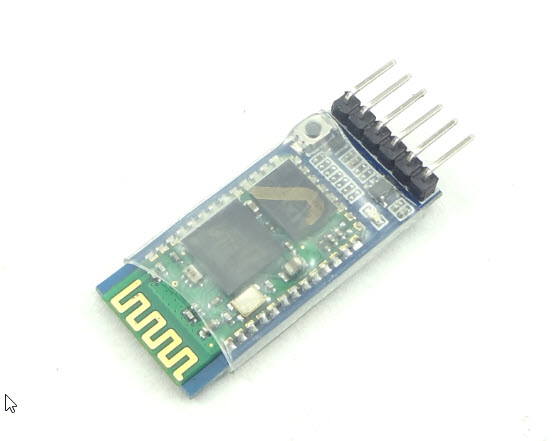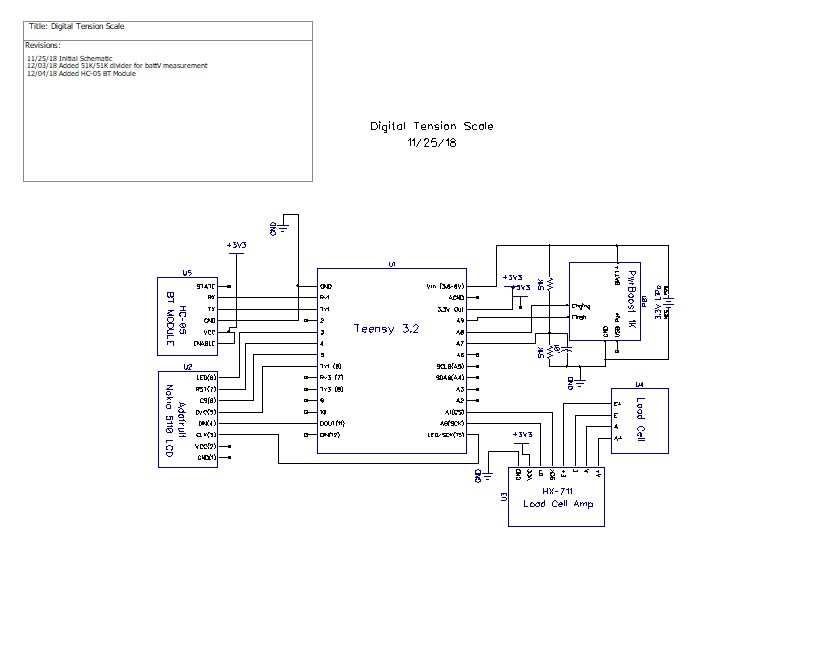Posted 25 November, 2018
Over the Thanksgiving weekend I had a chance to do some more work on my digital tension scale project. My wife and I drove to St. Louis to visit our kids and grand-kids, and its a 6-hour drive each way. I make sure we have an audio book going for my wife, and as a consequence I get 6 hours of (mostly) uninterrupted geek time to work on things like this project.
As I mentioned in Part II, my goal is to construct a battery-operated tensionometer that can be mounted directly on the dual-hook S-shaped tension block, as defined by the features delineated in Part II. After doing some more web research, I came up with the following possible components for the system:
Display:
Apparently, the Nokia 5110 84×48 pixel monochrome LCD display used in prehistoric times as the display in Nokia cellphones has found a second career as a simple, low power display for battery-operated devices like the one I envision.

Nokia 5110 Monochrome LCD display
Battery & Battery Charger:
The LCD display will operate quite nicely from 3.3V, so as long as I can come up with a 3.3V micro-controller (like the Teensy 3.2) and a small, capable LiPo charger, I should be in business. For this component, I plan to use the Adafruit PowerBoost 1000C and something like the 3.7V 2500 mAh battery as shown below

Adafruit PowerBoost 1000C single-cell LiPo charger

3.7V 2500 mAh LiPo battery
I don’t think I’ll need the 5V boosted output from the PB1000C and the entire thing may be a bit of overkill for this project, but I had them hanging around from a previous project, so…
MicroController:
For this I plan to use one of Paul Stoffregen’s magical Teensy 3.2’s. Again this is probably way overkill for the project, but…

Wireless Connection:
This component is the one for which I have the least understanding and confidence. I currently use a Pololu Wixel for wireless serial comms and programming with my autonomous robot, but I haven’t figured out how to use it with a Teensy, and I thought maybe there were better solutions out there by now anyway. So, after some more web searching I found that many ‘makers’ are using the HC-05/6 Bluetooth modules for this purpose. Hopefully with this module I’ll be able to use a Bluetooth connection from the tensionometer to my laptop or even my cellphone to perform calibrations and collect real-time tension data.

Combining all these with the HX-711 load cell amplifier, I came up with the following system schematic.

Stay tuned!
Frank
Pingback: Digital Tension Scale, Part IV - Paynter's Palace